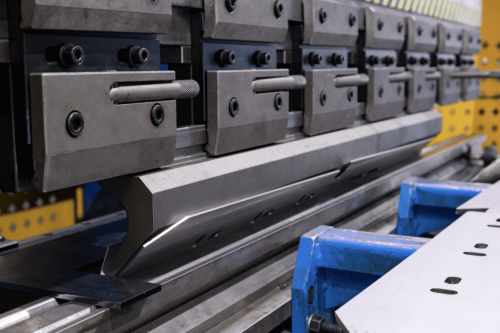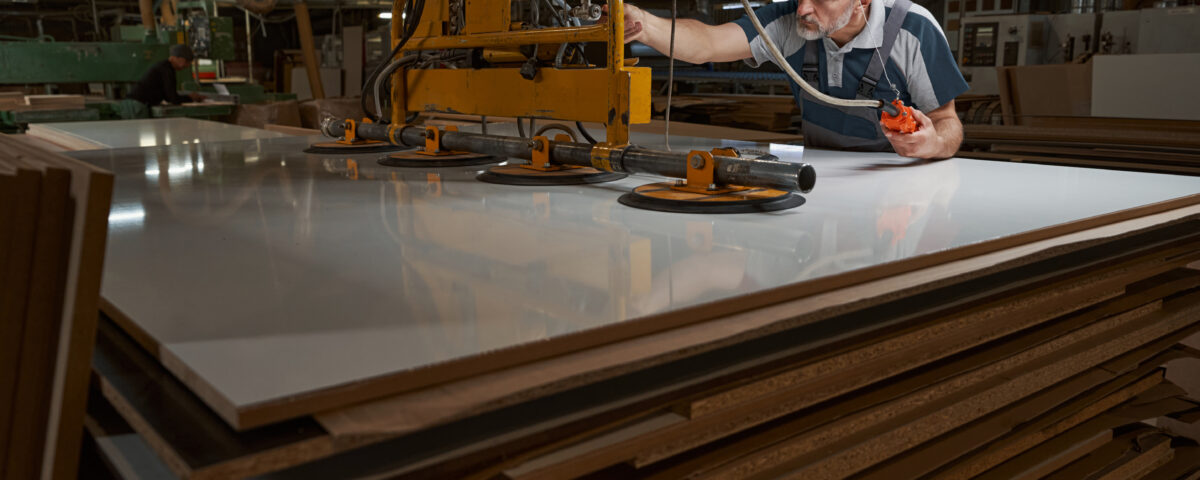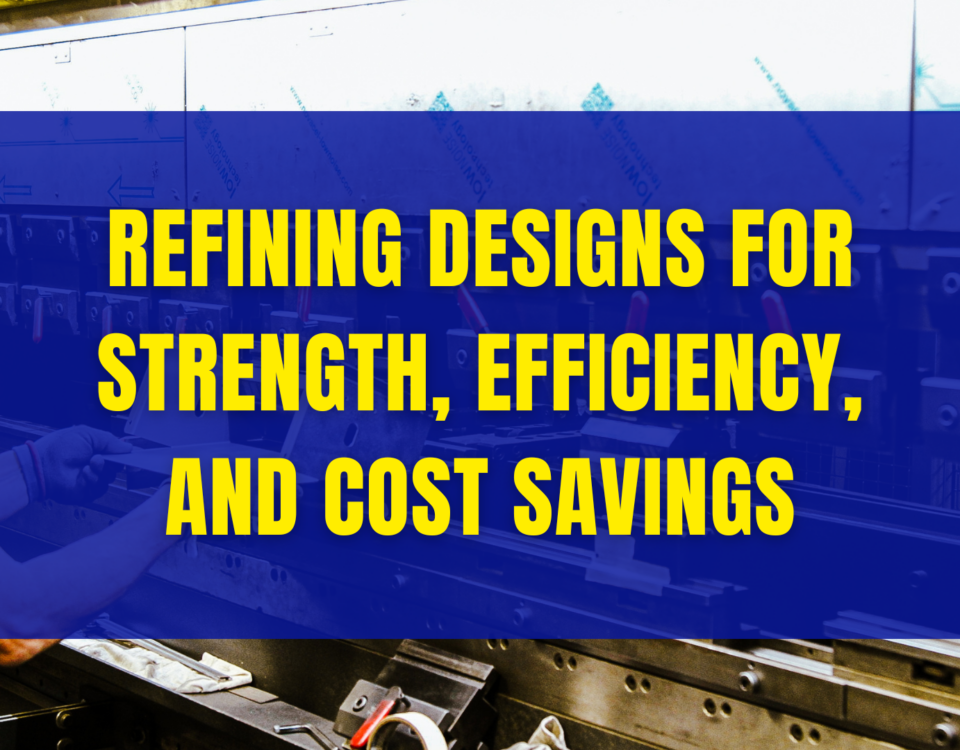
Types of Metals and Their Specialties
December 1, 2021
Sheet Metal Fabrication Techniques
March 1, 2022Learn the advantages of using sheet metal in the fabrication process
Sheet metal is one of the most adaptable materials in the manufacturing industry. Many different industries rely on the versatility and durability of sheet metal including aerospace, appliance manufacturing, consumer electronics, machinery, transportation, and more.
Why Choose Sheet Metal?
Sheet metal offers several advantages as compared to both non-metal alternatives and other metal fabrication processes, as well. Sheet metal is much less expensive in both processing and material costs. It does not have the extremely high tooling costs of injection molding, which makes sense at high volumes.
Sheet metal lets you buy and use what you need with relatively low material waste, unlike starting with an expensive block of material (much of which is wasted in the milling process of removing unneeded material). The unused sheet can then be used for another project and the shavings produced are recycled.
The advancement of technology used in modern fabrication, automation, and new CAD (computer aid design) programs make designing in sheet metal easier. CAD programs have the ability to design in the same material you intend to fabricate with and will allow programming of the parts to come straight from the CAD model itself. There is no need to create a separate set of shop drawings to interpret the design.
The greatest cost for sheet metal fabrication is in the first piece because the cost is all in the setup. Once the setup is complete and the costs are spread out across the larger volume of pieces being fabricated, the price drops significantly more than most subtractive processes like machining.
Steel, aluminum, stainless steel, and copper alloys are sturdy enough to hold larger metal or plastic pieces together without breaking. If metals with corrosion resistance such as stainless steel sheet metal or plated/coated components are used, they will not be vulnerable to water or corrosion damage.
Sheet metal forming is the most cost-effective forming procedure today for manufacturing parts in large quantities. It is a versatile, consistent, and high-quality procedure to create accurate metal parts with limited material waste.
How Is Sheet Metal Being Used?
Sheet metal can be cut, stamped, formed, punched, sheared, bent, welded, rolled, riveted, drilled, tapped, and machined. Hardware can then be inserted to fix electronic components, metal brackets, or other pieces of sheet metal. To finish sheet metal, it can be brushed, plated, anodized, powder-coated, liquid painted, silkscreen, laser-etched, and pad printed. Parts can be welded and riveted into complex assemblies.
Just like any other technology, the processing of precision sheet metal is constantly evolving. Materials, processes, tooling, and equipment are becoming highly specialized which is improving the time involved to make common sheet metal parts and speeding up the design process.
Steel, aluminum, brass, copper, tin, nickel, titanium, or other precious metals are traditionally used to make sheet metal. Thicknesses vary but are mostly broken into two distinctions: thin gauge and heavy plate.
What Can AMS do with Sheet Metal?
At AMS, we use sheet metal to fabricate small sheet metal parts like brackets or connectors and some larger components. We have a proven track record in producing parts and bringing a wealth of fabrication knowledge to ensure fewer hiccups in the design and fabrication processes.
Not only can we punch and form sheet metal, but we offer an array of services to do everything in-house (like welding and powder coating). Call us to get started on your next project! 817-284-9444


